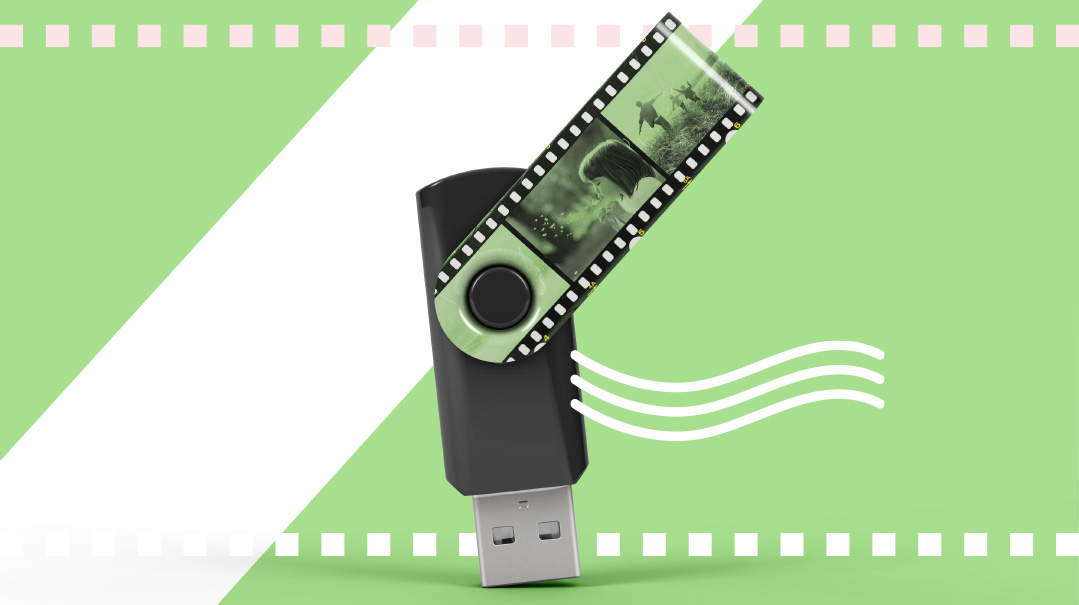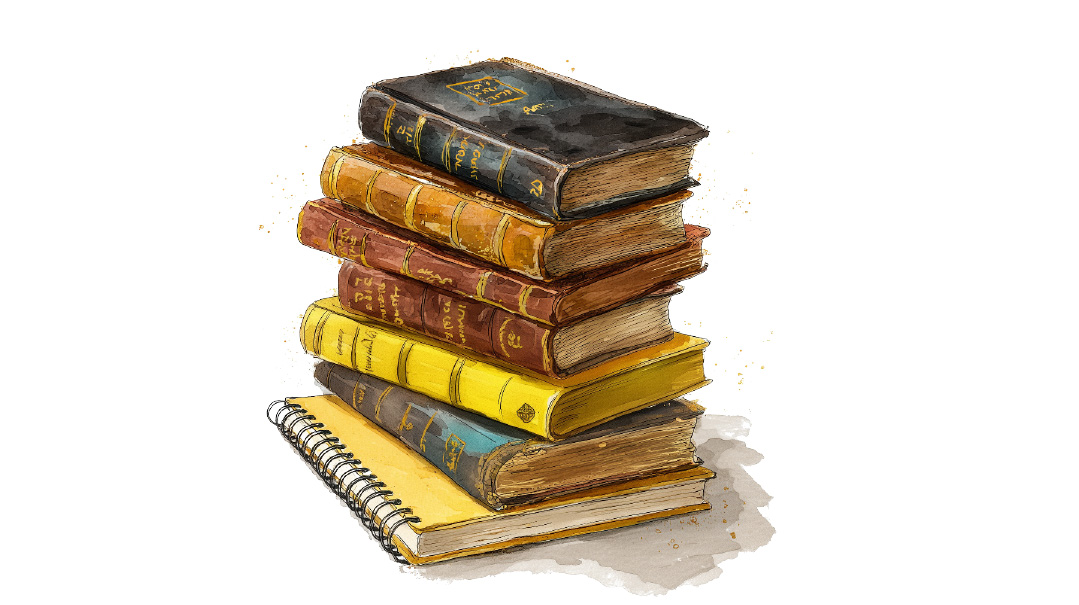For Posterity: Preserving Precious Views of the Past
| September 5, 2023Even if you’re not a techie, you can back up the snapshots of your life in just five minutes

The hard drive crashes, the memory card disappears, the phone falls into the bathtub, the basement floods. A thousand different scenarios, but the grim results are the same: You’ve lost all your pictures. Don’t let this happen to you. Even if you’re not a techie, you can back up the snapshots of your life in just five minutes
Save Those Memories
It was a devastating loss that happened in the blink of an eye. On the last day of a family vacation in Israel, a friend of mine was walking through Jerusalem’s central bus station. Someone bumped into her husband and his iPhone suddenly disappeared from his back pocket.
It took them a while even to catch on. By the time they opened the Find My iPhone app on her iPad, the phone had already made it to Holon. (They even had an exact address on HaGat Street.)
“The actual phone was old, and we didn’t care much about it,” she recalls. “But we were frantic about the lost photos — so many irreplaceable shots from our once-in-a-lifetime trip. Since the phone was on power-saving mode throughout our trip, nothing had been backed up.”
They immediately contacted the police. In a combination of broken Hebrew and English, they explained their dire predicament and the value of their precious photos. They even provided the exact address of the iPhone thief.
“Unfortunately, the Israeli police showed little interest in getting involved in our iPhone squabble,” she says. “So we took matters into our own hands. We texted the thief and offered him a deal: We’d give him the security code and let him keep the phone if he’d upload our pictures. But he didn’t do it for us. It’s been several years now, and I’m still upset by the loss of those pictures. Since then, I’ve become passionate about backing everything up.”
Scanning Old Photos
Photos in albums should be carefully removed first (when possible). The original photos should be clean and dust-free. If you’re not using a flatbed scanner (see below), try to use natural sunlight or a lamp with soft lighting. Bright lights can cause glare.
Once the photos are scanned, they can be stored on your computer or in a cloud account. There are several apps and services to choose from.
PhotoMYNE
Pros:
- Allows you to use your smartphone to scan old pictures. Framed pictures, scrapbooks, albums, film negatives, and albums that can’t be placed in a regular scanner can be scanned with this app.
- Great option for old, delicate, and fragile photos.
- Great option if you have a lot of photos to scan because it’s easy and efficient to use.
Cons:
- Quality won’t be as good as a home scanner
- There is a fee to use this app (though there is a free trial and a free version).
Google Photoscan
Pros:
- It’s free.
- The quality is okay. You take four different pictures of each photo, and it will put them together to create the best possible image.
- There is automatic cropping, rotation, and glare removal.
Cons:
- Quality of the final product will depend on the quality of your device, positioning, and available lighting.
- It will take a bit longer to scan each photo.
Home Scanners
Pros:
- Doesn’t require a smartphone.
- The quality will be better.
Cons:
- If you are using a printer with a flatbed scanner, you will have to put each photo in individually.
- It can be a long and tedious job. You can scan it on a faster setting and compromise on quality, or scan it on a slower setting to get better quality.
Microsoft Office Lens
Pros:
- It’s free.
- It’s great for scanning documents. It can scan multiple documents at once. (You can take multiple pictures for one scan.)
Cons:
- Does not provide the best quality scan, so the clarity of the documents is not perfect. This may not be the best option for scanning photos.
Oops! We could not locate your form.







